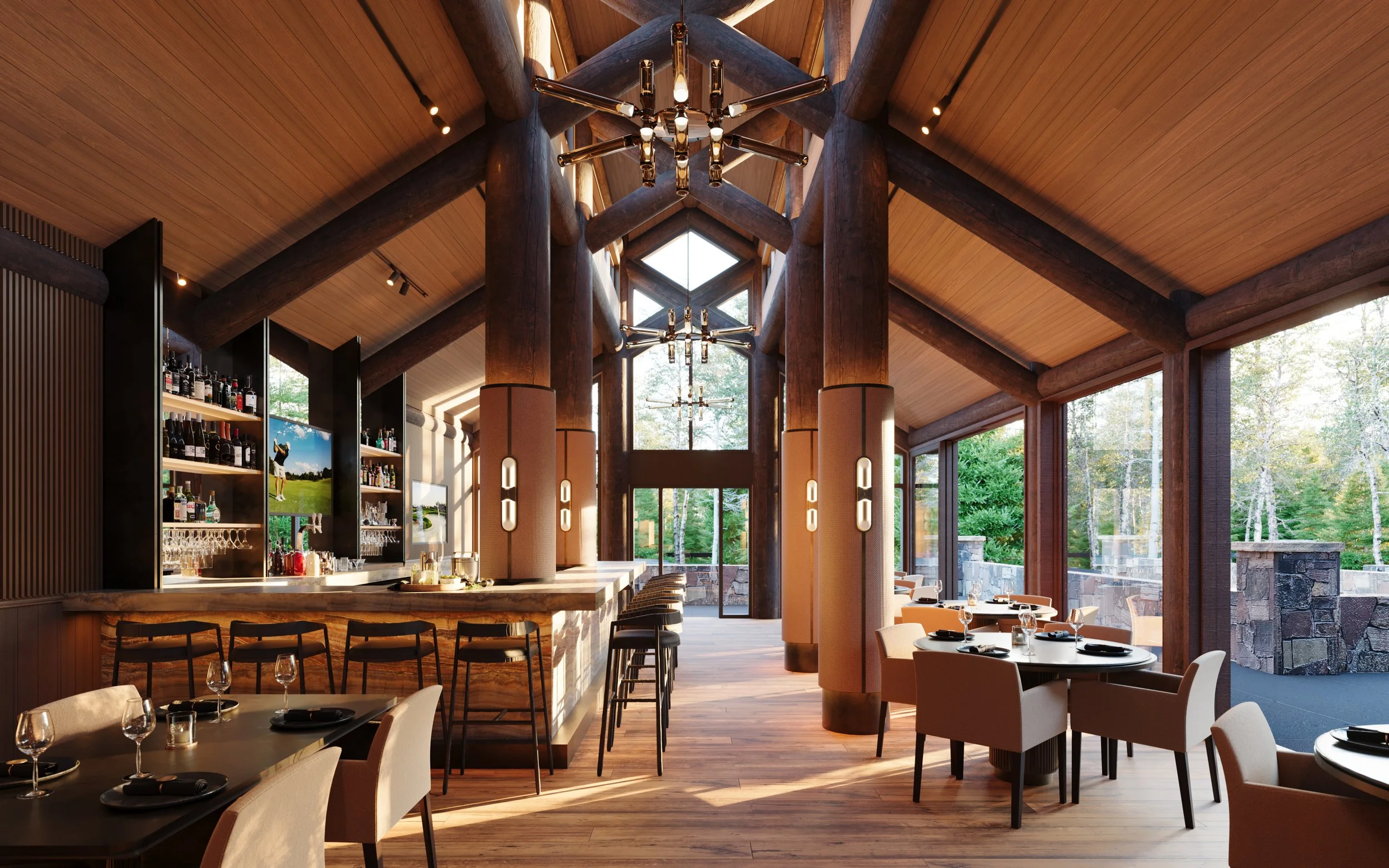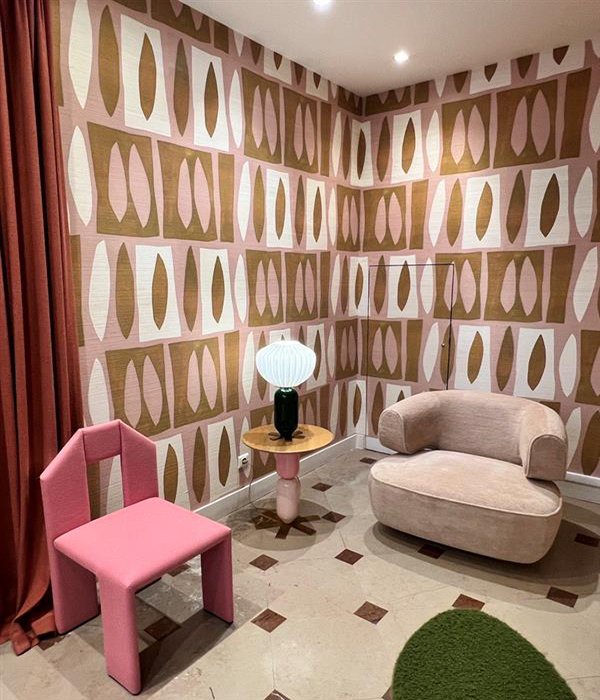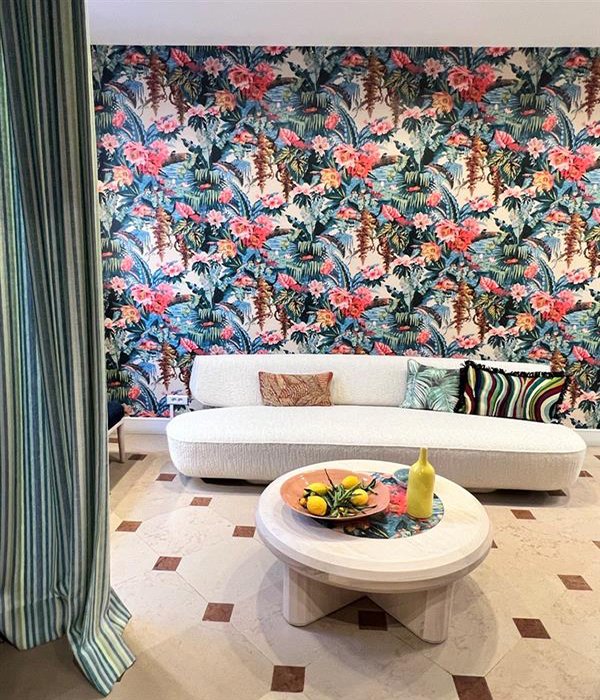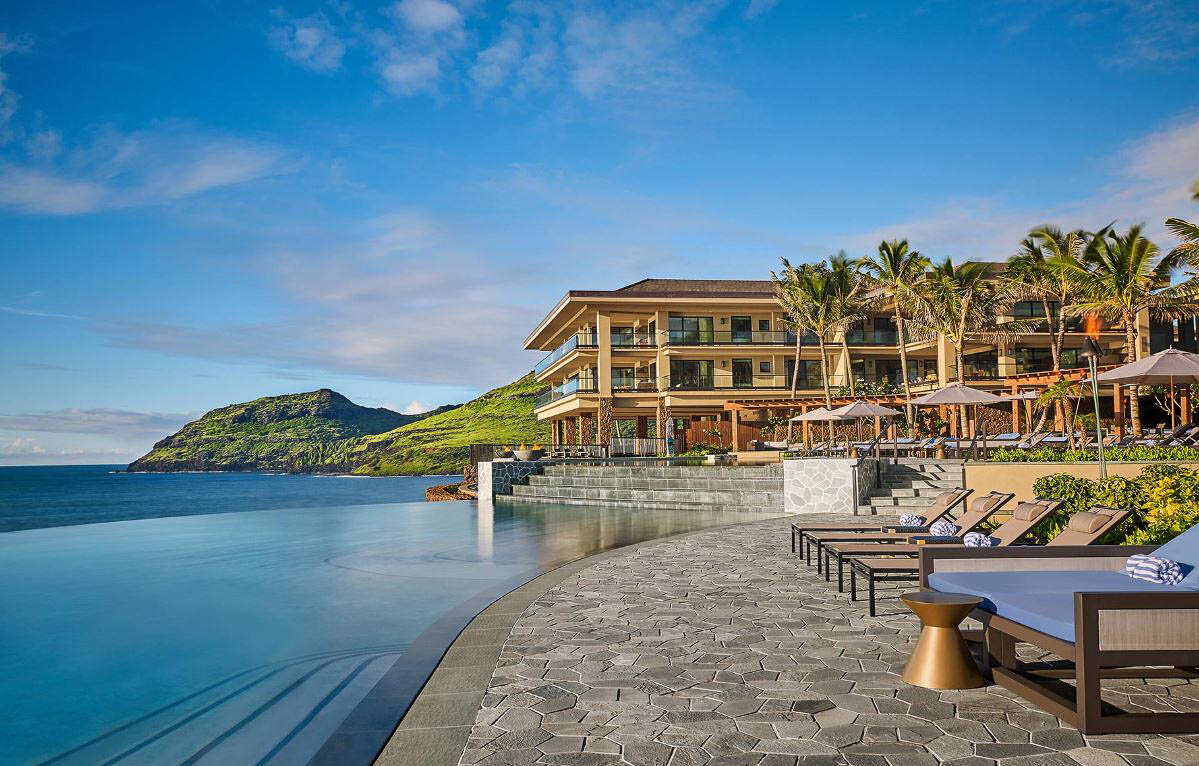As the world becomes increasingly fast-paced and chaotic, more and more people are seeking refuge in the mountains. Whether it's for a weekend escape or a permanent change of scenery, the mountain regions offer a peaceful retreat from the hustle and bustle of city life. As a result, interior design trends in mountain regions have shifted toward creating comfortable and cozy spaces that promote relaxation and well-being. In this month’s blog, we will explore the latest trends in interior design in Poss-designed residences in the mountain regions.
Wellness Aspects in Mountain Interior Design
Wellness has become a buzzword in recent years, and for good reason. With mounting stress and anxiety, people are searching for ways to improve their overall well-being. Interior design plays a critical role in creating spaces that promote wellness. This is especially true in mountain regions.
Natural Materials
One of the most significant wellness aspects in mountain interior design is the use of natural materials. Wood, stone, and other natural materials not only create a warm and cozy atmosphere but also help to connect people with nature. The use of natural materials also promotes sustainability, which is a critical factor in creating a healthy and balanced environment. Another timeless design secret is the use of wood. Wood has a natural warmth that brings a sense of coziness to a space. In mountain regions, wood can be incorporated in the form of exposed ceiling beams, hardwood floors, and wood paneling.
Timeless Design Secrets in Mountain Interior Design
While trends come and go, there are some design secrets that are timeless and always relevant. Functional design happens by Ensuring that the layout and furniture placement serve the purpose and flow of the space will always be relevant and practical.
Attention to details: Paying attention to details like trim, molding, and architectural features can elevate a space and give it a timeless appeal. Thoughtful details can also add character and sophistication to any interior.
Quality materials: Investing in high-quality materials like hardwood, stone, and natural fabrics, these materials age gracefully and add a touch of elegance to any space.
Personal touches: Incorporating personal touches and meaningful items into your design creates a sense of uniqueness and timelessness. Displaying cherished artwork, family heirlooms, or travel souvenirs adds personality and tells a story within space.
Texture
Texture is an essential design element in interior design. It creates visual interest and adds depth to a space. Natural materials like wood and stone provide texture, but it can also be added through textiles like wool, leather, and fur. Mixing textures is a great way to create a layered and inviting space.
Lighting
Another way to promote wellness in interior design is using natural light. Large windows that provide ample sunlight not only add to the aesthetic appeal of the space but also improve mental health by reducing stress and anxiety.
Statement Pieces
Statement pieces are a great way to add personality and character to a space. Whether it's a unique piece of furniture or a piece of artwork, statement pieces add visual interest and create a focal point in a room. They also provide an opportunity to showcase personal style and taste.
Incorporating vintage or antique pieces is also a timeless design secret that adds character and personality to a space. Whether it's a vintage rug or an antique chest, incorporating pieces with a history adds depth and interest to the interior.
Interior Design in collaboration with Linda Ruderman Interiors.














